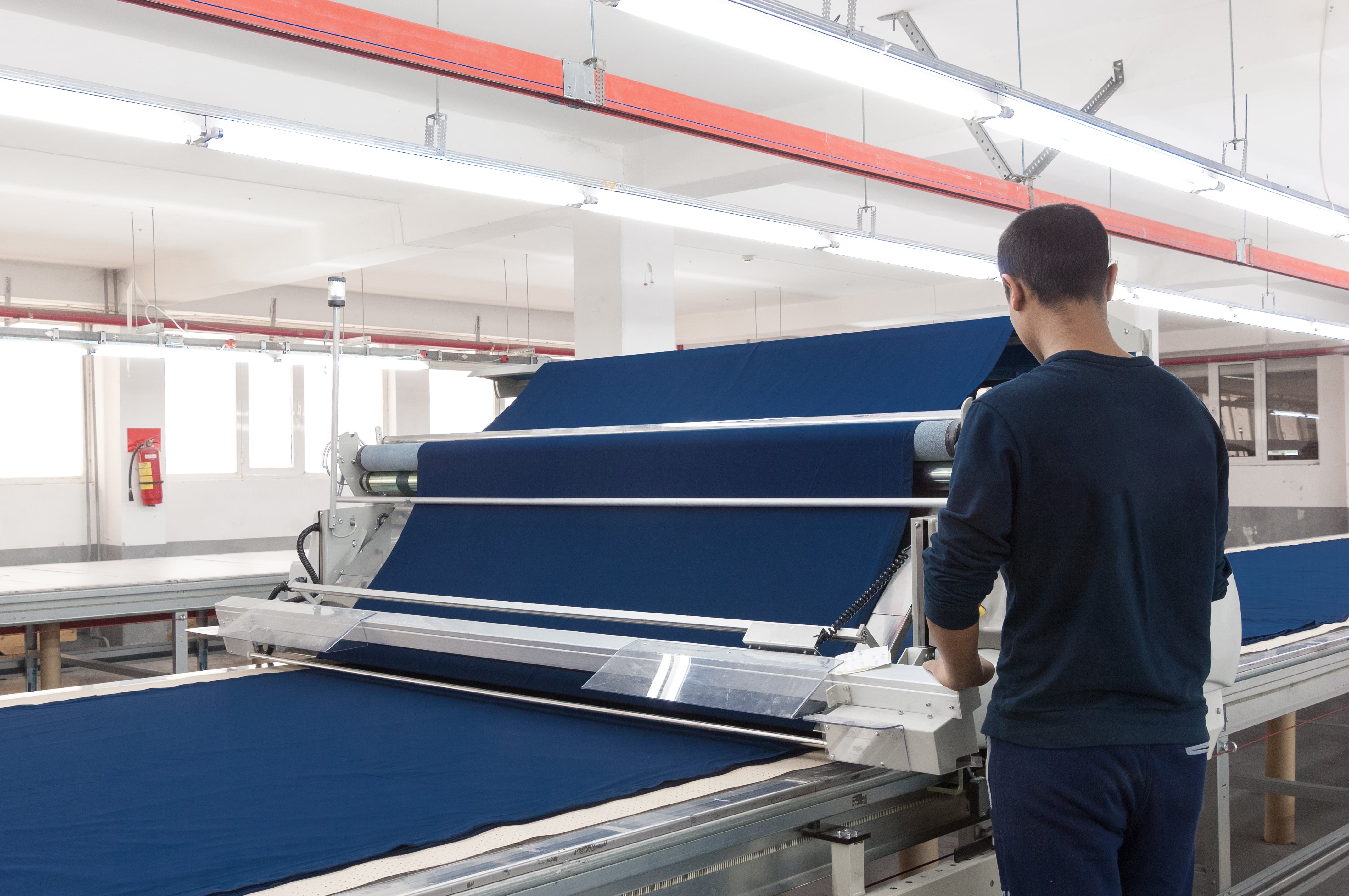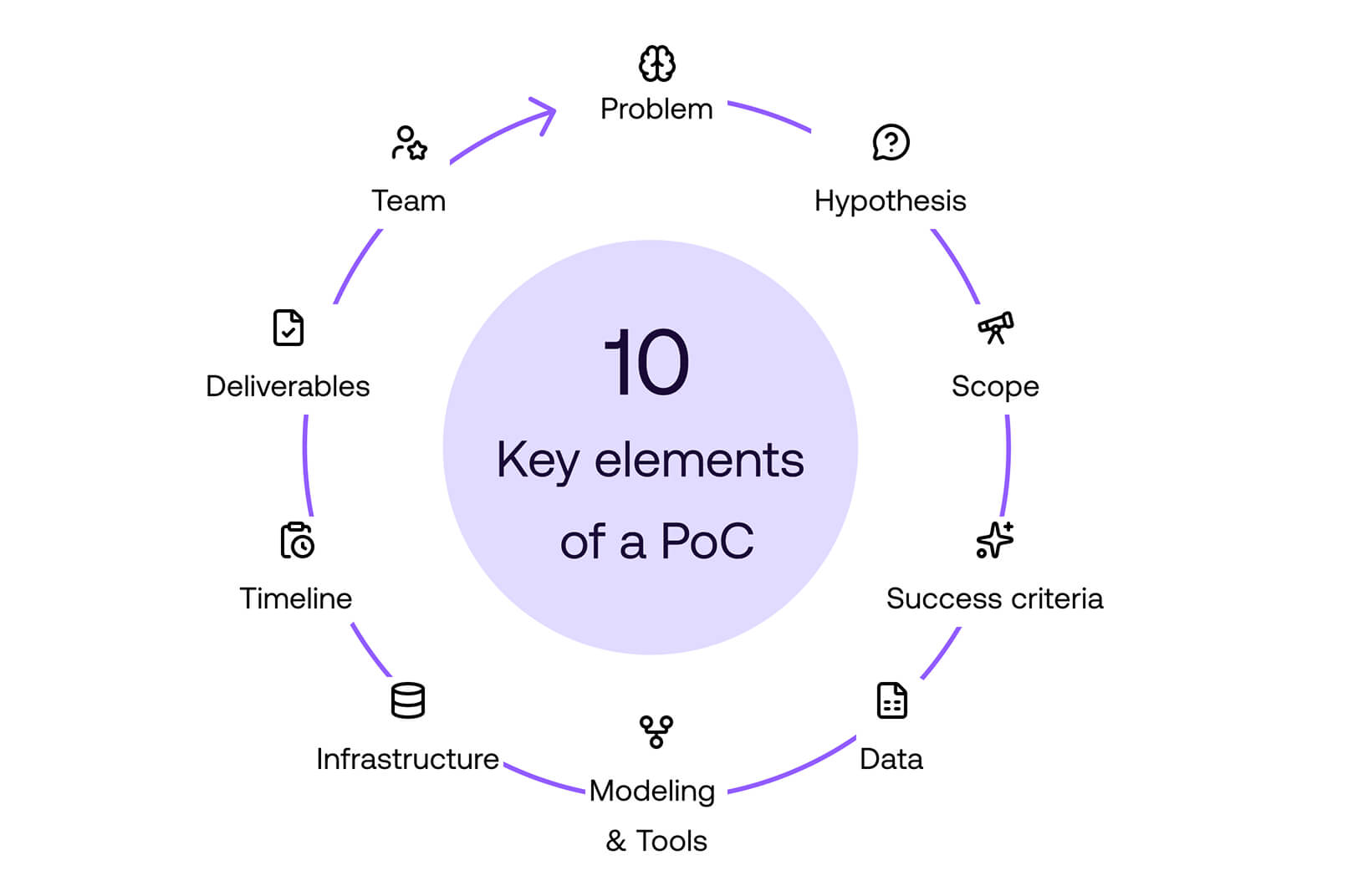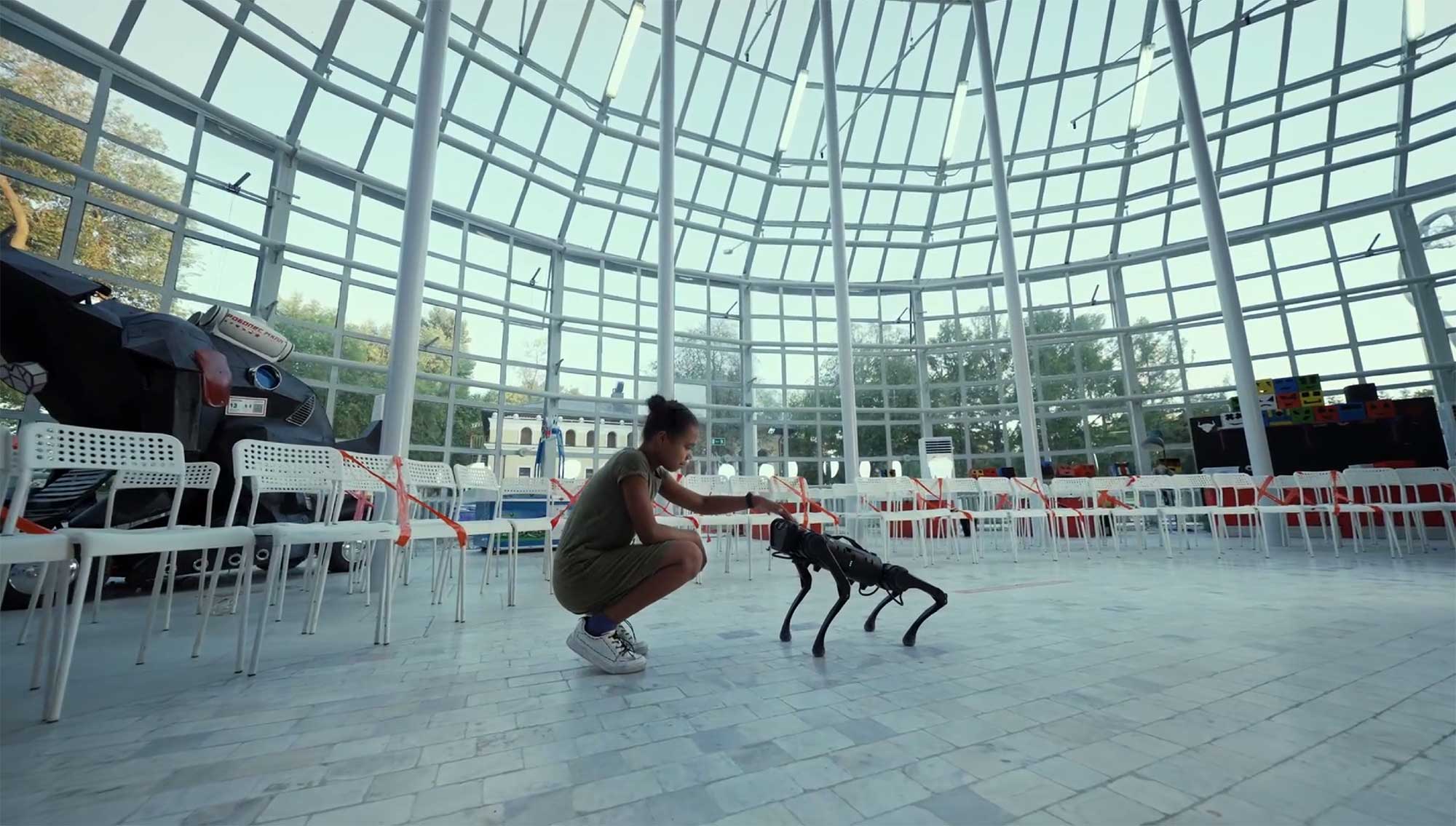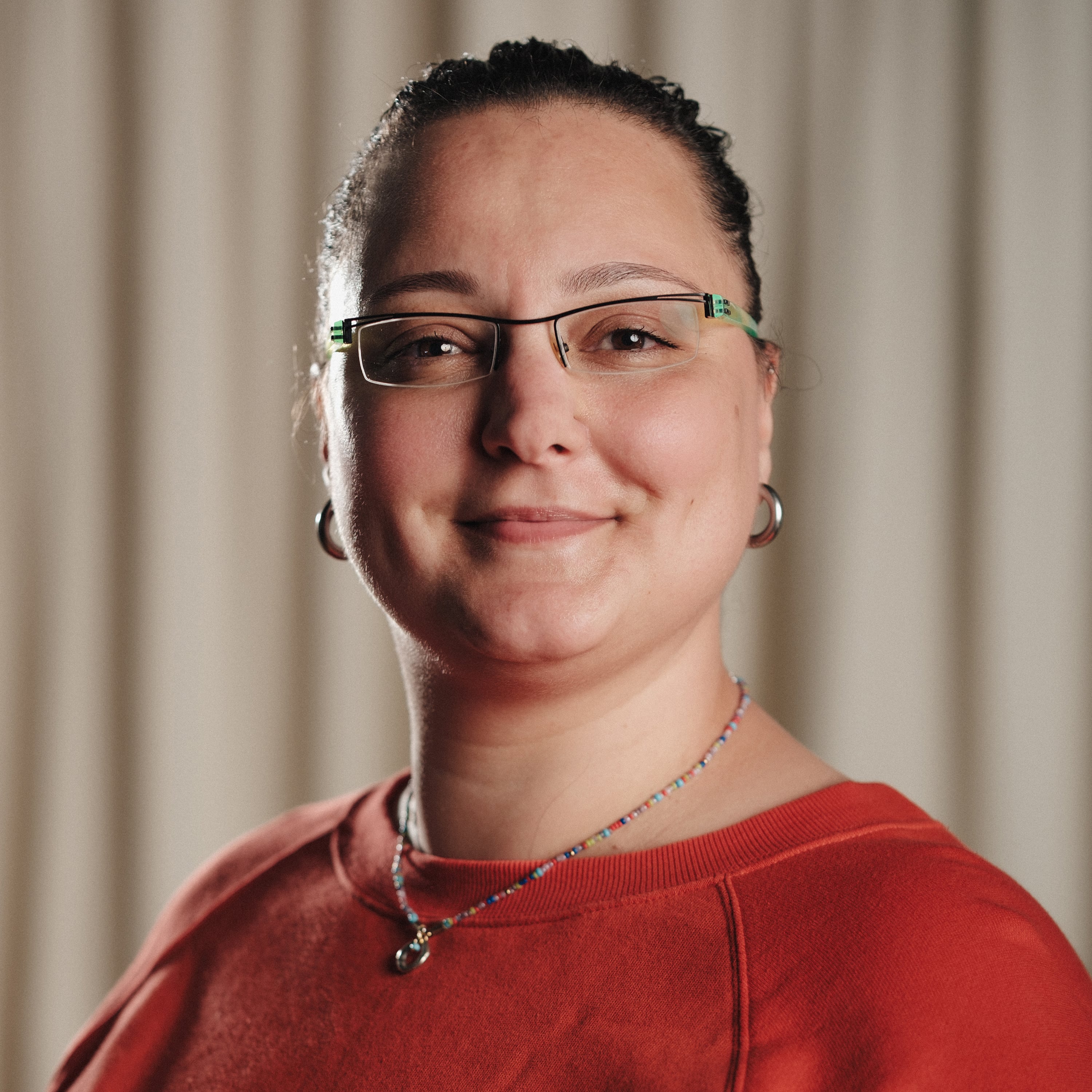Innovation
From PoC dreams to production magic: where AI ideas grow up

AI projects naturally involve a high level of uncertainty, which makes it difficult to know if an idea is truly worth pursuing or if a more traditional computer vision approach might actually be more effective. Yet there is a way to reduce that risk before making major investments: by building a proof of concept (PoC).
In this article, we’ll examine why PoCs are essential in AI projects, how to design and execute them effectively, and how to leverage their results to move confidently toward production.
A PoC, or proof of concept, is a short test project used to confirm that an idea is technically feasible and worth developing further.
Why do we need PoCs?
There are three main reasons: testing, feedback, and production planning.
- Testing helps you answer key questions early on. Is AI the right approach to this problem? Do you have the right data and skills? Does the outcome actually serve the business? A PoC helps uncover these answers quickly.
- Feedback is about getting early input from the people who will use the AI solution. This step ensures the system meets their needs, builds trust, and increases adoption once it goes live.
- Production planning benefits from a PoC because it gives a clear picture of the effort, cost, and time required to scale the idea into a full production system. This insight helps teams move beyond experimentation and plan for a sustainable AI capability.
When planning an AI PoC, there are ten key elements to consider: the problem, hypothesis, scope, success criteria, data, modeling and tools, infrastructure, deliverables, team, and finally, timeline.

Let’s illustrate each element with a real example from the manufacturing industry: using deep learning to automate fabric defect inspection, reducing the need for manual quality checks and improving consistency on the production line.
1. The problem
Start with the problem, which should highlight a real pain point or clear value opportunity.
In our case, manual inspection on production lines is slow, inconsistent, and costly. Operators get tired, defects slip through, and rework piles up. Automating this process with computer vision can drastically improve quality, speed, and overall efficiency.
2. The hypothesis
The hypothesis defines how the PoC can solve it.
If an AI model can reliably detect defects on fabric surfaces, inspection time and human error will drop significantly. The PoC aims to demonstrate that automated detection can match or even surpass the accuracy and consistency of human inspectors.
3. The scope
The scope defines what the PoC will cover. It should stay as focused as possible on building and testing the model, not creating a full production system. A narrow scope could mean targeting a specific product line, a limited region, or one part of a larger problem. By keeping the scope tight, you reduce complexity and make the project easier to manage and evaluate.
To stay focused, the PoC targets one product line and four common defect types: stains, slubs, neps and streaks. This limited scope keeps the problem manageable while still showing measurable impact.
4. Success criteria
Success criteria are what determine whether a PoC is truly effective. The experiment should demonstrate a clear improvement over the current process, whether in quality, speed, cost, or another measurable outcome.
These criteria can relate to business impact such as faster inspections or reduced labor costs, or to technical performance such as model accuracy measured through precision, recall.
At the PoC stage, the goal isn’t to achieve perfection but to prove that the idea delivers real potential. Reaching around 70% to 75% accuracy is often enough to show it works and deserves to move forward.
In our visual inspection example, success will be measured by clear gains in speed and accuracy. If a human operator inspects one fabric roll in 20 minutes, while the AI does it in 5 minutes with the same or better accuracy, the PoC proves its value through faster output and fewer missed defects.
5. The data
The fifth element is data, which covers everything related to how information will be sourced, prepared, and used for the PoC. Depending on the project, the data may already exist or may need to be collected from scratch.
If it already exists, the focus will be on cleaning and organizing it to ensure quality and consistency. If it needs to be acquired, you’ll need to plan how to capture enough representative samples under the right conditions. In most AI projects, raw data must also be annotated to make it usable for model training and evaluation.
In this example, the PoC will use 5,000 labeled fabric images showing different defects. In this case, new hardware was installed on the production line to capture high-quality data, ensuring the samples reflect real inspection conditions.
6. Modeling and tools
Modeling and tools define the algorithms, techniques, and resources used to build and evaluate your solution. The PoC typically begins with a baseline model to benchmark initial performance. If the results aren’t strong enough, existing models can be fine-tuned or a custom one can be trained to fit the data more precisely.
The PoC will start with a simple model to detect fabric defects like stains and holes. If accuracy is too low, it will be refined with more diverse samples to handle texture and lighting variations.
7. The infrastructure
The infrastructure defines how the PoC will run and be maintained. It includes the hardware and computing resources needed for data storage, model inference, and monitoring. The goal is to ensure the system can handle real use cases efficiently while remaining easy to scale and maintain. Good infrastructure planning also supports future integration with production environments, covering aspects like versioning, deployment pipelines, and model updates.
The PoC will run on a local workstation connected to the inspection cameras and lighting setup. This allows images to be processed directly on-site and the model’s performance to be tested in real time as the fabric moves along the production line.
8. The timeline
The timeline sets clear boundaries for the PoC, keeping it focused and efficient. It should be short enough to encourage quick learning but long enough to gather meaningful results. Most PoCs run between three and eight weeks, depending on complexity. The goal is to move fast, test the idea, and learn what’s needed to decide whether to scale or pivot.
In our case, the fabric inspection PoC will run over eight weeks. The first two weeks will focus on installing the inspection hardware, followed by two weeks of data collection and preparation, three weeks of model training and testing, and a final week dedicated to on-site evaluation and reporting on the production line.
9. The deliverables
The deliverables cover everything produced during the PoC. While the model, code, and possibly a prototype interface will be received, two elements are considered most important for what comes next:
- The documentation and report summarize how the system was built and what results were achieved, but their real value lies in recording challenges, limitations, and lessons learned so future teams can build on them.
- The production roadmap turns the PoC into a forward plan. It outlines what’s needed to move from experiment to real deployment: infrastructure setup, data expansion, model retraining cycles, and integration steps. This roadmap is what bridges a successful prototype to a production-ready AI system.
The PoC will deliver a trained model capable of detecting fabric defects, a cleaned and annotated dataset, and a short report summarizing results and next steps. A simple interface will also be provided to visualize detections directly on the production line.
10. The team
Last but not least, the team should bring together three key areas of expertise: AI and data engineering, domain knowledge, and project management. In our visual inspection example, that means data scientists, an inspection engineer, and a project manager.
Including these ten elements in your planning, whether in-house or through a contractor, will help you structure your PoC effectively and set it up for real success.
So you nailed your PoC… now what?
But here’s the reality check. Even the best PoCs, the ones that impress everyone and hit every metric, often die right after success. They get celebrated, archived, and quietly forgotten before ever reaching production.
Why do so many promising AI PoCs fail? It's rarely a lack of good ideas or a lack of engineering skill, but a lack of connection between the two. One company may build an unbreakable system that runs trivial models, while another designs a brilliant model that can't be scaled. This gap is where potential dies, in notebooks, in failed deployments, and in prototypes that crack under real-world pressure. The difference-maker is not just research or engineering, it's the disciplined integration of both. Without that bridge, innovation stays locked in the lab.
Turning ideas into real products
This is why at Osedea, we’ve built the dream team for turning bold ideas into real products. Our engineers make things rock solid and scalable. Our researchers bring the brainpower to tackle the toughest AI challenges. And the cherry on top? Our designers, who make it all shine with style and purpose. From a napkin sketch to a product that turns heads and changes the game, we have everything under one roof to make innovation not just possible, but unstoppable.
Curious how a tailored AI solution could improve your inspection process? Let’s talk.


Did this article start to give you some ideas? We’d love to work with you! Get in touch and let’s discover what we can do together.





-min.jpg)






